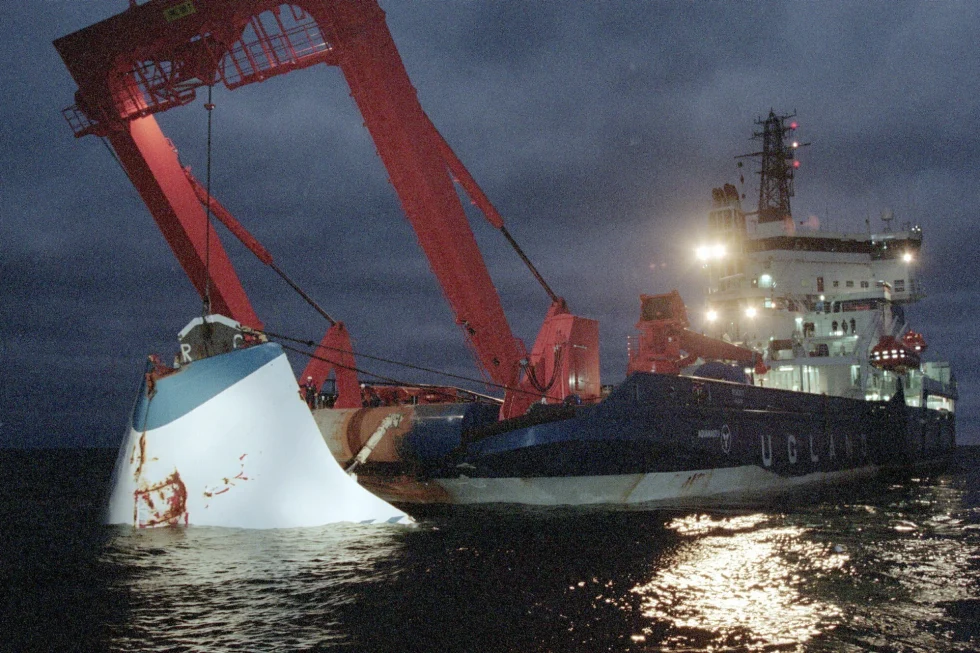Sunken Estonia Ferry May Serve as Secret Russian Naval Spy Hub

The sunken ferry Estonia in the Baltic Sea, officially considered a burial site, is currently attracting attention due to suspicions that Russia is using it for underwater espionage against NATO.
The Gaze reports on it, referring to Tagesschau.
The Estonia ferry sank in 1994 during a storm between Tallinn and Stockholm, with 852 people drowned. The sunken ship lies at a depth of about 80 meters and is surrounded by a diving ban due to its status as a burial site. Previous plans to enclose the ship in a concrete sarcophagus were rejected due to protests from relatives of the victims and concerns about investigations.
According to WDR, NDR, and Süddeutsche Zeitung, Russia uses the wreckage of the ferry as a training ground for underwater operations and a storage facility for spy equipment.
Western intelligence services believe that technical devices for high-precision drone navigation and recording specific noises from NATO ships have been installed there.
The Main Directorate of Deep-Sea Research (GUGI) specializes in underwater espionage and sabotage. It reports directly to the Russian Ministry of Defense and has its own fleet of research vessels equipped with mini-submarines, robots, sonar, and sensor systems. The most famous ship is the Yantar, which is regularly observed near underwater infrastructure in the North and Baltic Seas.
In addition to research vessels, the GUGI supposedly uses submarines, civilian fishing and cargo ships, as well as unmanned underwater drones.
Western observers suspect that the equipment on board the Estonia allows it to record the signatures of NATO ships, and the vessel's location between Sweden, Finland, and the Baltic states makes it an ideal place for covert intelligence gathering.
NATO and the Baltic states are closely monitoring Russia's activities in this area, given its increased aggressive behavior since the start of the war against Ukraine.
Finland and Estonia confirm that they are monitoring activity in the area of the sunken ship. Between 2021 and 2024, the special protection of the Estonia was partially lifted to investigate new evidence regarding the accident.
According to Western military assessments, Russia may use the restricted zone not only for training, but also for the permanent deployment of sensors that record the movements and technical characteristics of NATO submarines and ships.
The Gaze previously reported that Russia has been for many years secretly purchasing Western technology to strengthen the defense of its fleet of nuclear submarines in the Arctic.